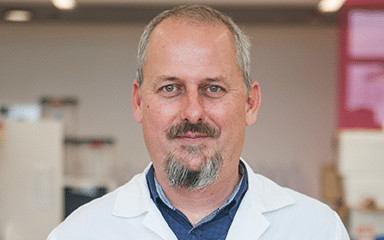More than 4,500 new cases of head and neck cancer are diagnosed in Australia (73% men, 26% women) each year. These cancers are of increasing concern because diagnosis often does not occur until the cancer is advanced, with the Australian Institute of Health and Welfare recording a 70% five year survival rate. Head and neck cancer occurs when malignant tumours grow in any of the tissue in the head or neck. Types of head and neck cancer include mouth or oral cancer; salivary gland cancer; pharyngeal cancer; laryngeal cancer; and nasal cancer or paranasal sinus cancer.
WHAT IS HEAD AND NECK CANCER?
Causes
The human papillomavirus (HPV), a common sexually transmitted disease, is associated with the development of some head and neck cancers, particularly in the upper throat and back of the tongue.
Major causes include tobacco use and alcohol consumption as well as sun exposure, radiation, inhalation of asbestos or wood or nickel dust; or poor oral hygiene.
Risk factors
Risk factors include smoking and excessive alcohol consumption. People who smoke one pack of cigarettes a day are six times more likely than non-smokers to get cancer of the head or neck. Those who also have two or more alcoholic drinks a day increase their risk significantly.
Treatments
Head and neck cancers are treated differently depending on their location and size. Surgery, radiotherapy or chemotherapy, or a combination of these treatments, are used to treat the cancer.
Head and neck cancer at the Perkins
Head and neck cancer research at the Perkins is focussed on assessing the impact of microRNAs on cancer growth and proliferation. In 2006, a team of Perkins researchers discovered that one particular microRNA (miR-7) can reduce the growth of some cancer cells, as well as killing off others, particularly in cancers of the brain, head and neck. Our teams identified key functional roles for a number of miRNAs in these tumours and uncovered several new members of a complex network of RNA-binding nuclear receptor hormone coregulators. In addition, our researchers have conducted in vitro studies to explore a potential synergy between miR-7, and erlotinib, a drug currently used to treat head and neck cancers. Studies have found that when erlotinib is combined with the anti-cancer miR-7, a tumour suppressor that inhibits the epidermal growth factor receptor, its effectiveness increased.
PERKINS HEAD AND NECK CANCER RESEARCHERS

Professor Alistair Forrest
Systems Biology and Genomics (Associate Director Scientific, Co-Chair Research Leadership Team)
Read more


